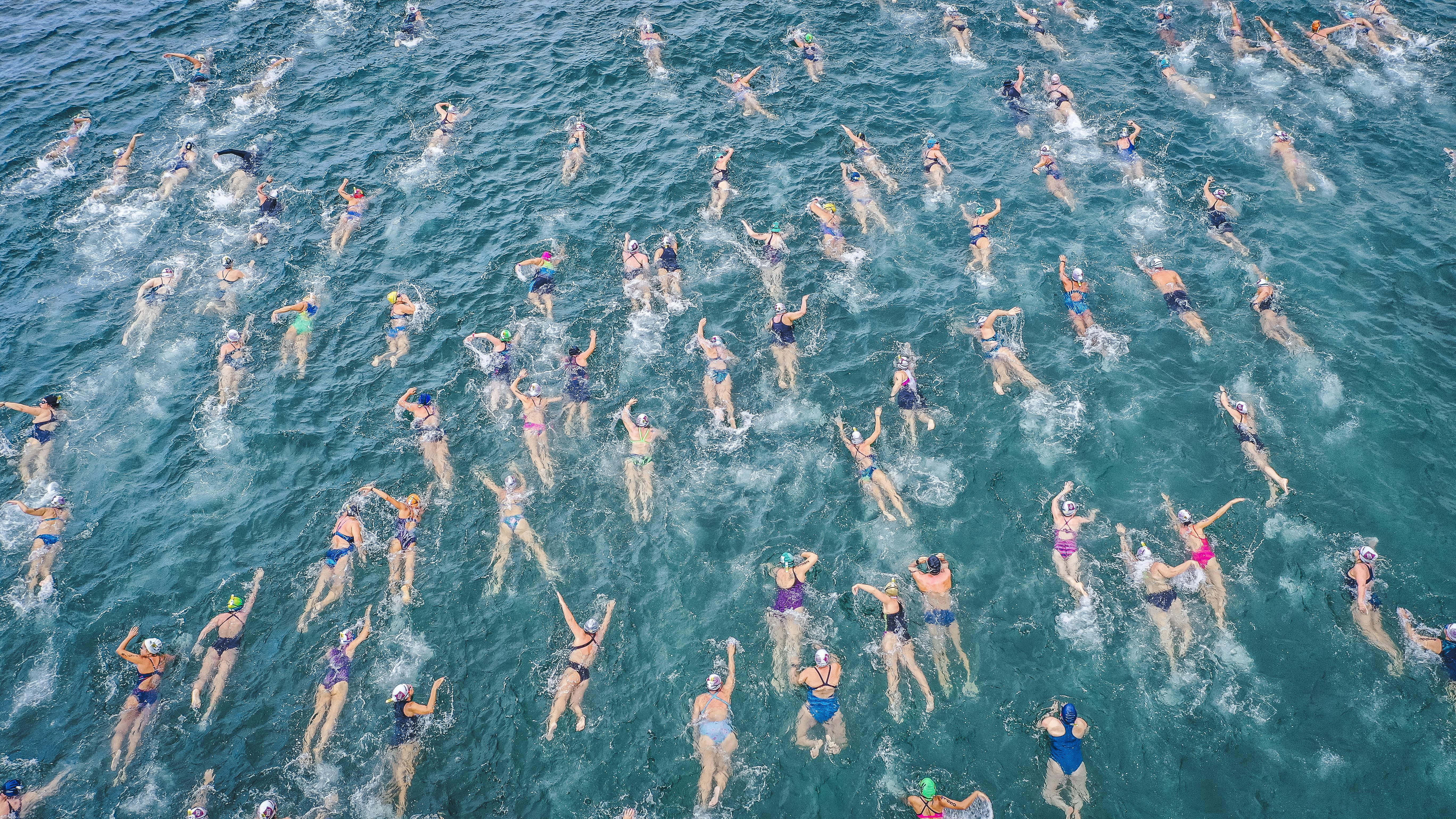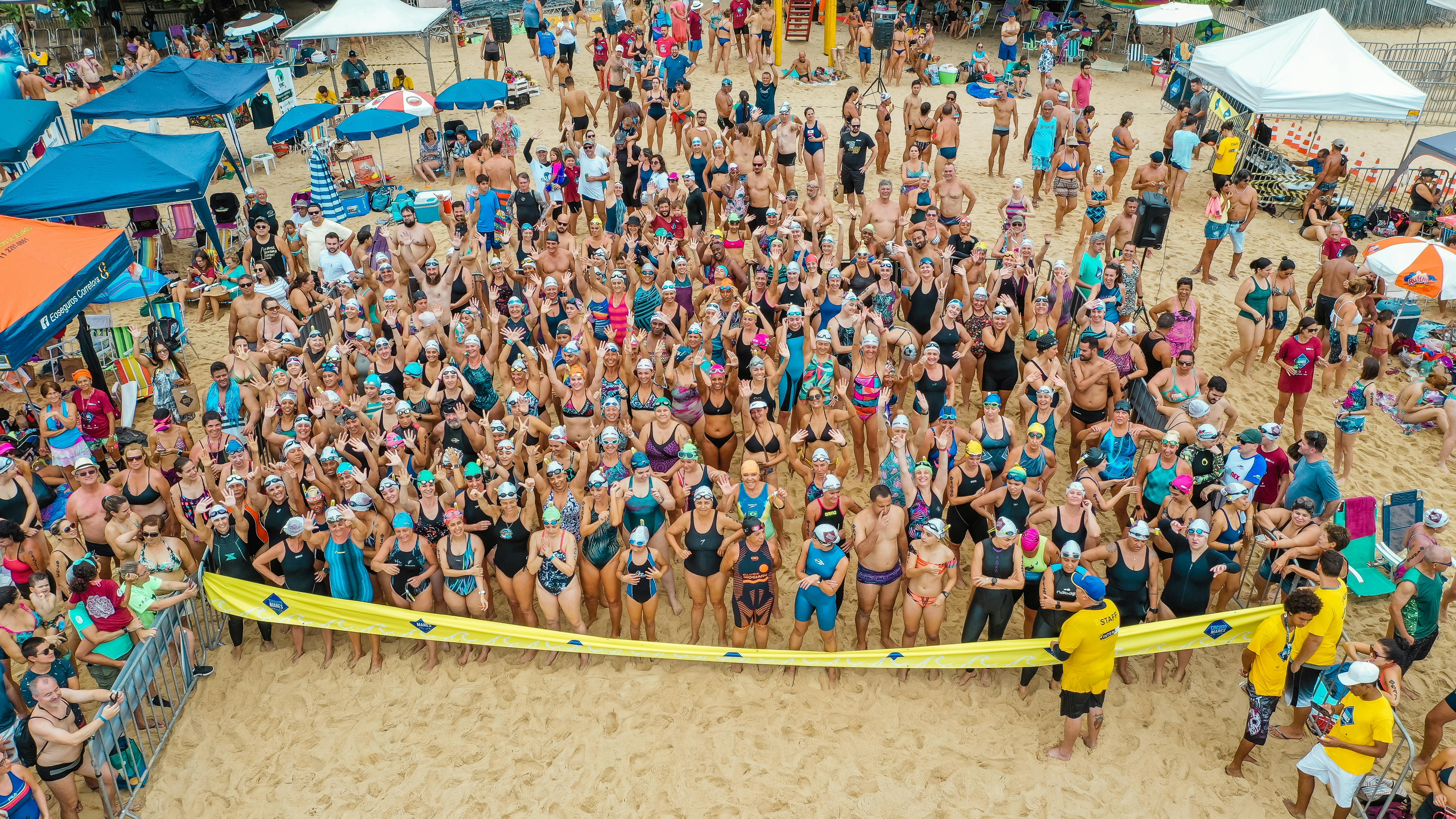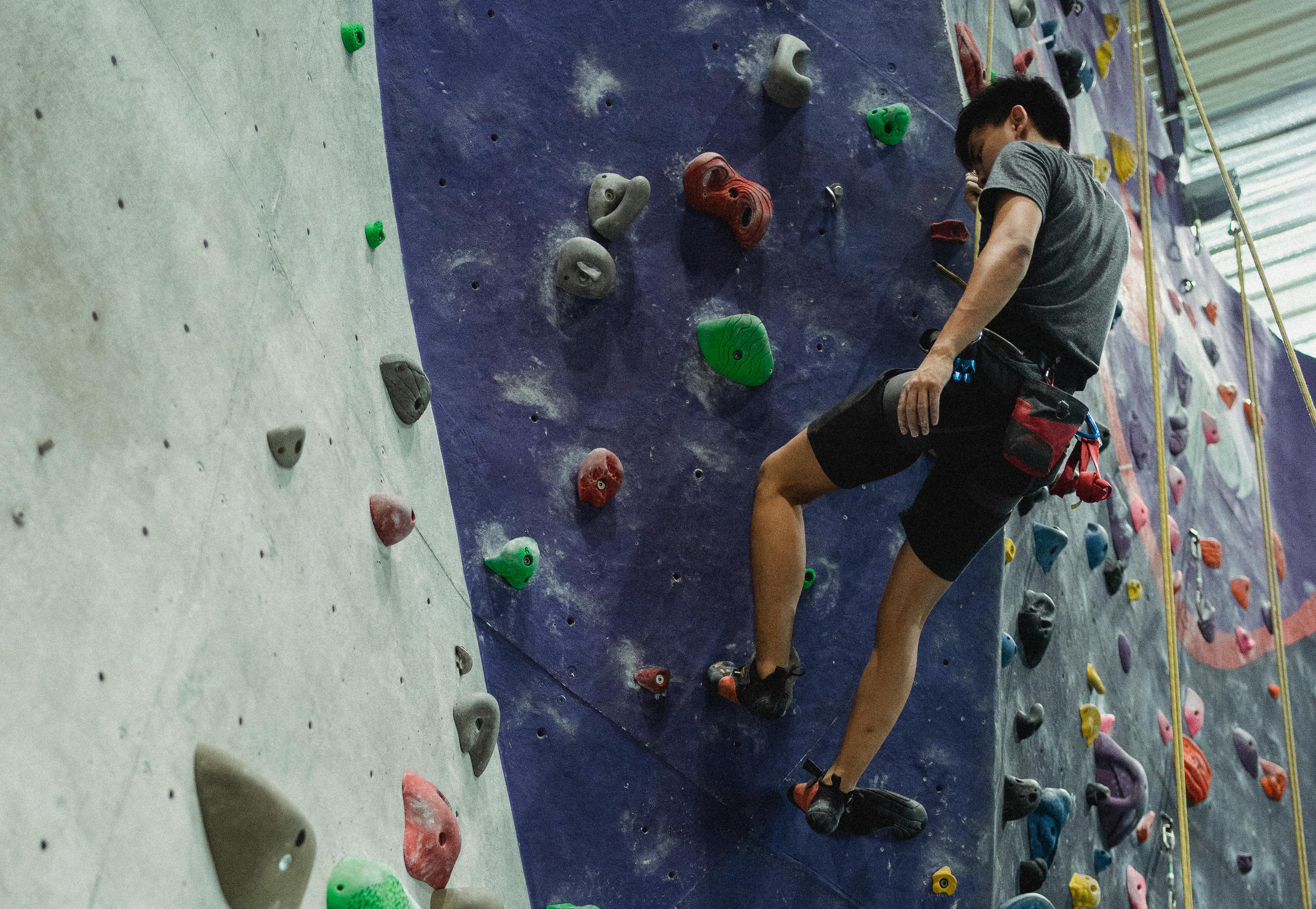Touchdown with the right foot in the hammer throw is a critical point of application of force to the implement. This can be clearly seen by the pitchers who are at the top of the world ranking today. You will notice how much force they are putting into the ground with each successive spin. To better facilitate this force production, should athletes be taught to land on the right heel or toe during each double support phase?
From my observations, and from listening to international athletes talk, this is the only country where this is even a question in the hammer throw. Is it because we are pushing the limits of technique and exploring new possibilities at the cutting edge? I would say that our results in the last 50 years in international competitions would go against that hypothesis.
From a biomechanical standpoint, almost all other events train to keep the foot dorsiflexed as much as possible. In the throw and discus we want to keep the foot in dorsiflexion to make it easier to carry the weight back and throw with the hips and create a sum of forces. In running events, a dorsiflexed foot is asked to increase the stretch reflex with each contact with the ground. Why should the hammer throw be taught differently?
Yuri Sedych and Tibor Gescek, arguably the most consistent throwers of all time over the 80-meter mark, both agree that the hammer thrower should land double-supported on flat feet. The message I heard them both use is “foot like a hammer” sinking into the ground. The young athlete can visualize this by breaking an aluminum soda can with his foot. However, as soon as the entire foot makes contact with the ground, there should be an active turn to the right side. This includes the foot, knee, and hip. Think if you were to stomp on an errant spark from a campfire, you would step on it and then crush it into the ground by pushing your heel out.
Now, some will argue that world-class hammer throwers can be seen landing on the ball of their right foot in subsequent spins. This is a correct observation. World-class hammer throwers generate tremendous ball speed, to the point where they don’t have enough time to land full-foot before having to drive the ball for the next turn. Listening to some of those top athletes speak at various clinics, it seems clear to me that this is not an active option for landing on your toes. Their goal is to push their heel down each turn, the speed and forces involved just don’t allow them to do that, but it is NOT an active change in how they approach the turn.
Landing on the heel provides a much stronger base for the athlete to work from. Think Olympic lifts. We would never train our athletes to try to land on their toes on the platforms. Pushing down with the toe of the right foot creates a lot of problems at launch. Firstly, pointing the toe down leads to a greater tendency to snap at the waist, which is often followed by a left knee lock and “crashing” into turns. Second, by reaching with the toe, the athlete is losing an enormous amount of force that he could apply, because many of the muscle groups in the right leg have been knocked out of the system. Third, landing on the ball of your foot promotes “inside the ball” spin. So the athlete feels that he is moving fast, but the ball is not. Landing on the heel provides more time in double support to speed up the hammer delivery system.
In conclusion, we should take a cue from this topic of the world’s most successful hammer programs. They have proven their success in their efficiency in the constant development of world-class hammer throwers that achieve marks close to 80 meters or more.



